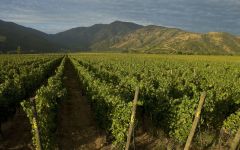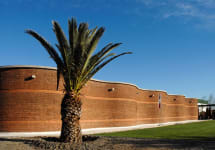Apaltagua Reserva Malbec 2014
Malbec
Sold Out - was $13.99
Ships Wed, May 1
You purchased the 2019 5/24/23
0
Limit Reached
You purchased the 2019 5/24/23


Product Details
Varietal
Producer
Vintage
2014
Size
750ML
Your Rating
Somm Note
Winemaker Notes
The Huaquen vineyards, with its unique location, produces aMalbec with very distinct characteristics. Bright and ruby red incolor, our Apaltagua Reserva Malbec posseses notes of cherryand cassis with a touch of vainilla. The floral notes also give thiswine an edge. On the palate it has well-rounded touches of redfruits and plum.
Other Vintages
2011-
Wine &
Spirits
GVDAP63501402_2014 Item# 141490





